
The Power of Succession Planning, Cost-Conscious Recruitment, and External Providers
Effective succession planning and cost-conscious recruitment are key to business continuity and long-term success. While organizations grapple with the challenges of managing internal talent and controlling recruitment expenses, partnering with external providers can offer you significant advantages.
Succession Planning: Building a Leadership Pipeline
Succession planning is more than preparing for the inevitable leadership change - it's about ensuring your company thrives no matter the disruption.
With a well-designed succession plan and by proactively identifying and developing future leaders early, you can ensure smoother transitions and that the right talent is in place to step into critical roles when that leadership change occurs.
Additionally, when employees are presented with a clear progression path, it not only boosts their loyalty, heightens engagement, and fosters long-term retention but also cultivates leaders who truly embody your company’s values.
However, even with the strongest succession plans, gaps may arise, requiring an external recruitment partner - and that's where EMEA Recruitment come into play.
Cost-Conscious Recruitment: Maximizing Efficiency
Recruitment is often costly, requiring time, resources and financial investment. If you're looking to hire cost-effectively whilst securing top talent, it’s important to adopt strategies that minimize costs without sacrificing quality.
More obvious strategies include internal promotion, reducing onboarding costs and time due to the employee familiarity with company operations, and developing a talent pipeline to avoid last-minute costly hires. But have you considered embracing new technology?..
Leveraging an ATS (applicant tracking system) and AI recruitment platforms can help you streamline the hiring process and reduce manual work, saving you time and money. In May we held a TA Roundtable to explore such tools, to discuss these in detail please feel free to reach out.
The Value of External Recruitment Providers
While there's an upfront cost to using recruitment companies, many external providers offer unique advantages, especially for senior or specialized roles and cost-savings in the long run.
By partnering with EMEA Recruitment, you could benefit from our deep industry expertise, allowing us to top talent quickly. We also provide access to a wider talent pool, including those who may not be actively searching but are open to the right opportunity, freeing you to focus more on internal operations.
In summary, succession planning and cost-conscious recruitment are most effective when supported by external expertise. By integrating these elements, businesses can ensure smooth transitions, achieve cost-effective hiring, and secure long-term success without overspending.
For a more detailed discussion on how EMEA Recruitment can help you build a strong leadership pipeline and drive your business forward, please don't hesitate to get in touch: [email protected]

The Importance of an Up-to-date CV | EMEA Recruitment
When was the last time you updated your resume? Regardless of whether you're actively searching for a new role, passively keeping an eye on the market, or content in your current position, it's important to regularly review and update your CV. You never know when a dream opportunity may come along, and passive candidates often benefit most from being able to apply for a role swiftly.
The summer period in particular is a prime time to reflect on your next career move and strengthen your position for new opportunities as many professionals see this period as downtime. Regularly adding tangible key achievements, polishing any career advancements and generally reviewing your development is a great way to stay ahead and stand out from the competition.
As part of our specialised service at EMEA Recruitment, we offer in-depth Career Consultations covering career development and CV reviews to help our network excel in the market.
If you need help updating your profile, cv consultation, or assistance with mapping out your career trajectory, contact our Procurement, Supply Chain & Operations recruitment team for more information. We're here to support and guide you towards your next move!

Shifting Trends in HR Recruitment | EMEA Recruitment
The HR recruitment market has seen an interesting shift over the last year. The hiring frenzy that followed the post-COVID period has inevitably slowed, as businesses adopt a more cautious approach due to the unpredictable external factors affecting the economy.
However, businesses are still experiencing skills gaps in their organisations, impacting the ability to grow and evolve. As a result, we’ve witnessed an increased focus on developing internal talent, and with it an uplift in demand for Talent Management professionals able to bring a more integrated approach to employee development and fill key HR jobs.
Businesses are ensuring that the right conversations are happening by implementing a talent management framework. Many of our clients emphasise the importance of their performance management process in ensuring they manage and drive performance correctly. Implementing a robust succession plan and having a strong ‘bench’ is similarly high on the agenda.
If your organisation is facing similar challenges, or if you're looking to strengthen your talent management strategy, contact our HR Recruitment Team to learn how we can help you build a future-ready workforce and access top-tier talent.

The State of Hybrid Working in the Netherlands | EMEA Recruitment
The Netherlands, like many countries, is experiencing a dynamic shift in work culture. Our conversations with clients and candidates alike reflect a growing trend: employers are increasingly keen to coax employees back to regular, office based hours. But what does this mean for employees who have grown accustomed to the flexibility of working a remote job?
The Statistics
In 2021, 2 million people in the Netherlands ‘frequently’ worked remotely. Fast forward to 2023 and their number has dropped to 1.25 million. Additionally, employees who 'occasionally' worked from home rose from 3 million in 2021 to 3.75 million in 2023, confirming indications that hybrid arrangements that combine office and home-working are on the rise.
The Impact
The transition back to the office has led to tension between employers and employees. Some companies face increased turnover rates as employees seek alternative opportunities that ensure the flexible working arrangements they’ve come to value. As a result, employers are experiencing business disruption and incurring costs associated with the loss of established skilled workers. So, the question is whether the push to return to the office is truly worthwhile?
At EMEA Recruitment, we work with world-renowned businesses across various sectors, providing us a comprehensive understanding of current and emerging models for hybrid working. As a consultative business, we pride ourselves on educating our clients on how to best position themselves in the market to attract top talent.
If your business is grappling with changes to your hybrid working model/employee retention and satisfaction rates, or if you’re looking for heightened flexibility in your next career move, we are here to support you. Reach out to one of our dedicated team members and see how we can support you in your efforts.

AI in Recruitment: Enhancing Efficiency, Not Replacing Humans
As the prevalence of Artificial Intelligence increases, businesses are aiming to automate processes and improve efficiency, with the Recruitment industry beginning to tap into this. From talent identification to candidate updates, could AI significantly impact the future of recruitment specialists? We argue that AI is best considered a supporting tool and should not replace the role of specialist recruitment consultants.
HR and Talent divisions are already exploring AI tools to streamline administrative aspects of recruitment processes, such as writing job adverts and automating key processes. One potential benefit is that the introduction of AI frees up valuable time to be better invested in the end-to-end candidate, ensuring a more personalised approach from the recruiter or hiring manager. And, as AI continues to develop, it has the potential to eliminate human bias in the hiring process, ensuring greater diversity in the workforce.
However, talent attraction and hiring managers should not rely solely on AI during recruitment processes.
Impersonal approaches leave a negative impression on prospective employees and can lead to top talent being inadvertently rejected during the screening process. Whilst AI has huge potential, it's unable to currently replicate human understanding of cultural and 'soft-skill' compatibility that an experienced recruiter brings. The importance of a people-first approach will remain significant over time.
At EMEA Recruitment, we use AI-enabled tools to maximise reach in early-stage candidate search and, in doing so, spend a greater proportion of time focussed on delivering best-in-class candidate and client experience throughout the process. There’s no doubt that AI will continue to play a supporting role in our mission to be ‘the bastion of people-first recruitment’ - but it will never take centre stage.
To learn more about how we can leverage AI to support your talent needs, get in touch: [email protected]

HR Recruitment 2024: Organisational Culture and Transformations
In Keely Straw's previous article, she delved into Organisational Culture & Recruitment Excellence, including the importance of fostering a strong and positive organisational culture. Such approaches not only contribute to employee satisfaction and retention but also serve as a crucial factor in attracting top-tier talent. This notion remains at the forefront of HR recruitment discussions looking ahead into the year.
Building on this theme, in March 2024 we hosted a successful networking event in Basel, bringing together local HR professionals to discuss and address current challenges within the current landscape.
The event served as a platform for meaningful conversations on both a professional and personal level, with guests exchanging insights and experiences, many of which further emphasised the importance of nurturing a positive working environment to attract and retain talent. It became evident that the predominant topics of discussion revolved around Organisational Culture & Transformations, as attendees delved into the nuances of shifting mindsets towards novel work methodologies, particularly emphasising the significance of hybrid working.
We received overwhelmingly positive feedback from guests. If this mail was forwarded to you, do please get in touch, as we will inevitably hold more events in key cities and would be happy to have you join us to network with your peers.

EMEA podcasts
The EMEA Recruitment podcast welcomes guests from across our network and beyond to share their career journeys, advice, and inspirational stories.

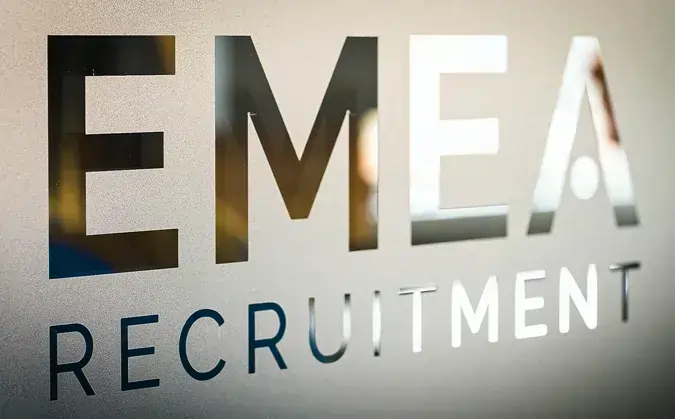


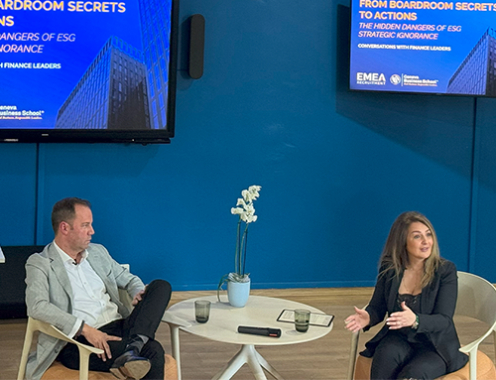
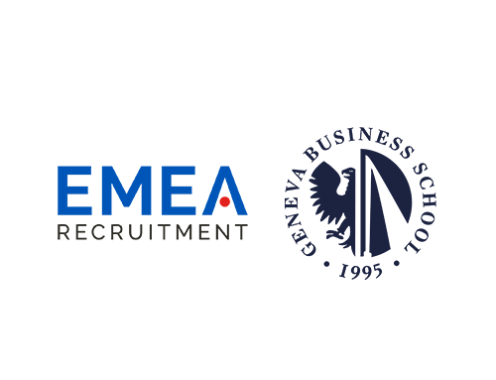

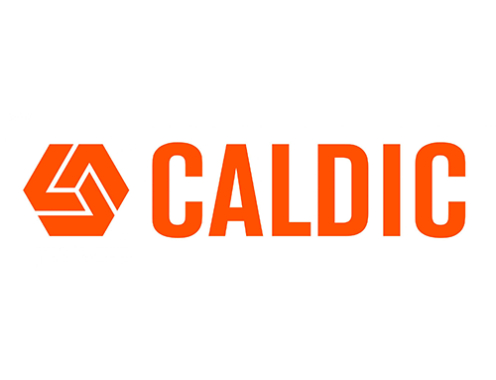

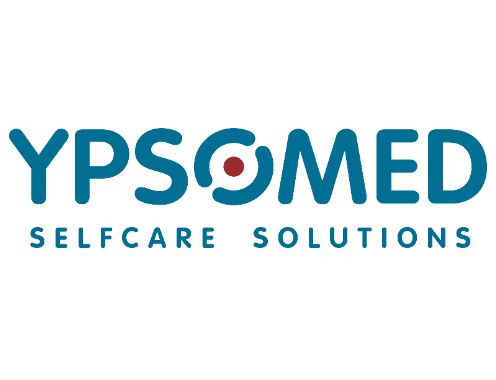

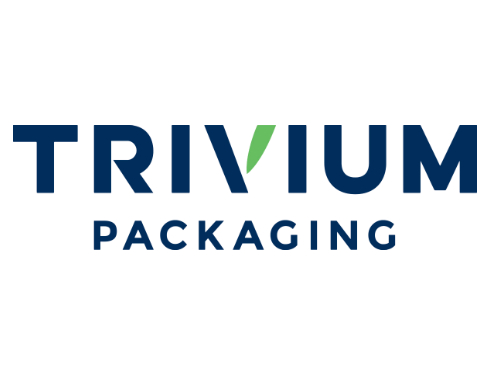


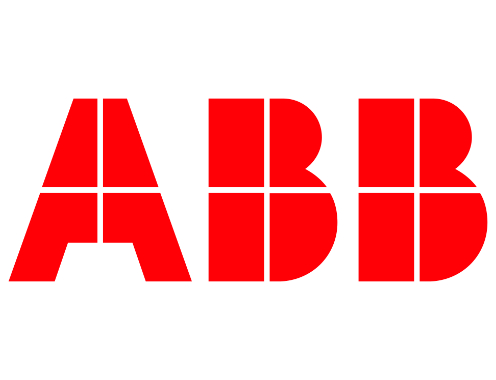
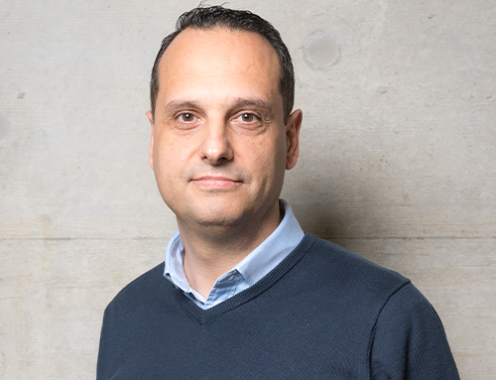
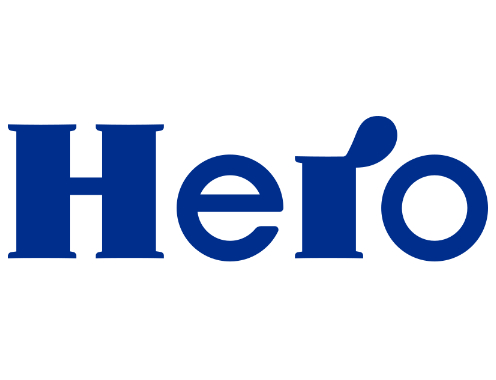

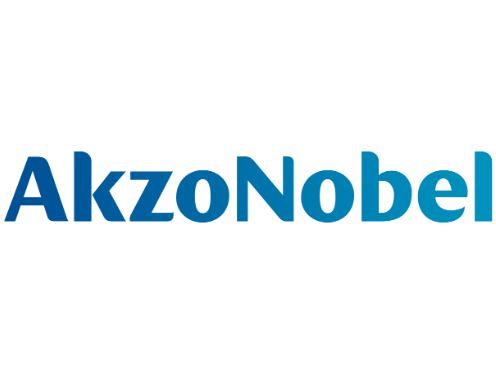




You can also use your social account to sign in. First you need to:
Accept Terms & Conditions And Privacy Policy